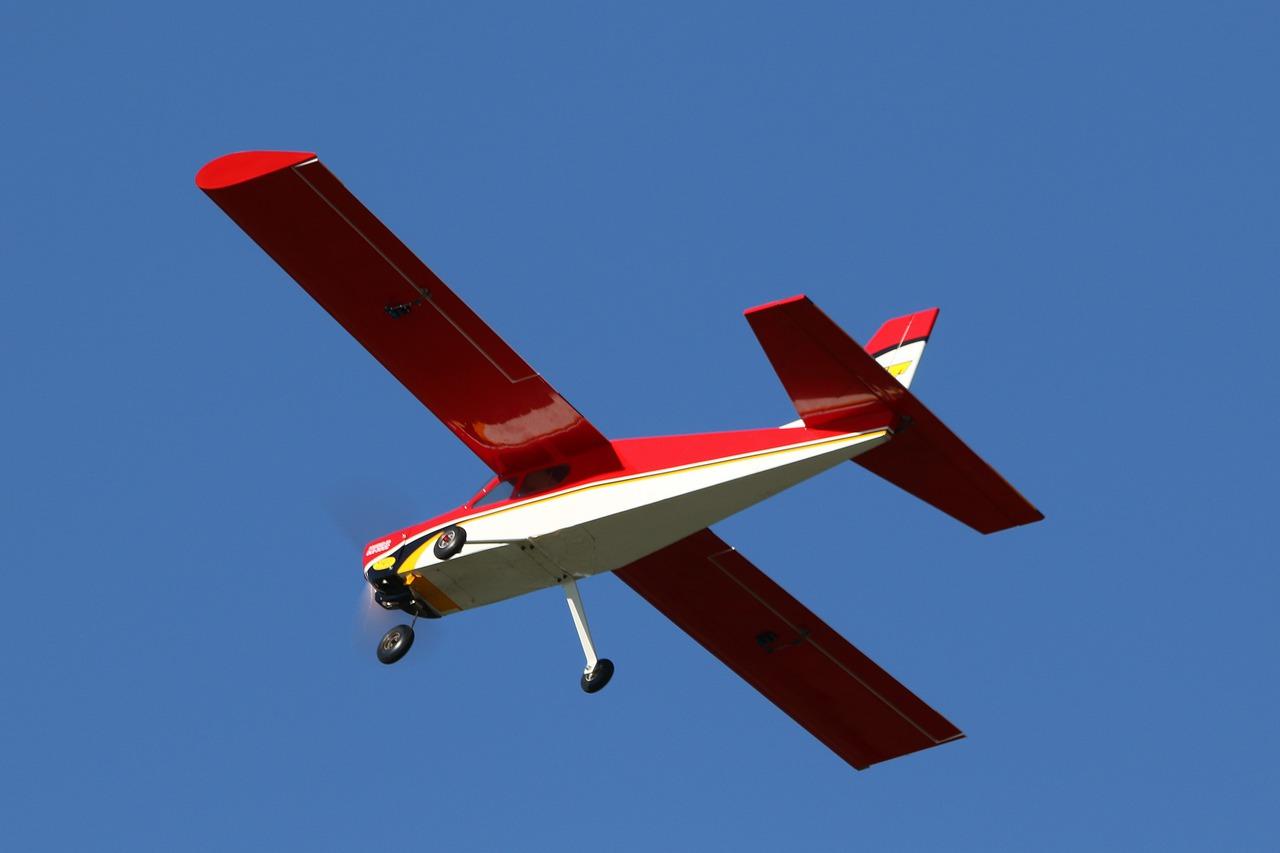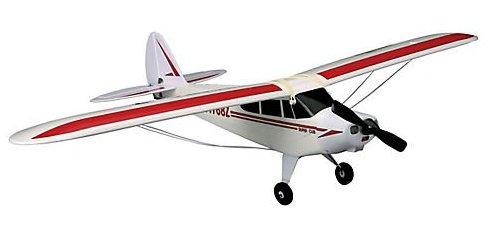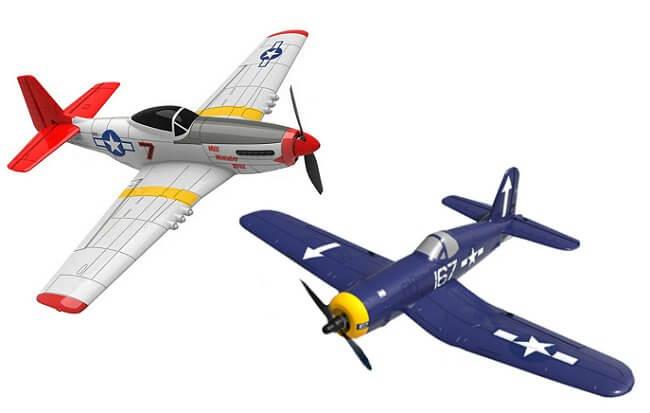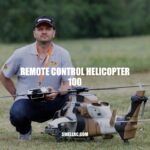Beginner’s Guide to Remote Airplanes: Types, Tips & Benefits
Remote airplanes, also known as RC airplanes, are miniature aircraft controlled by a remote controller. They are perfect for beginners who are interested in aviation, but do not have access to full-scale planes. Remote airplanes are an ideal way to experience the thrill of flying and to learn the basics of aerodynamics. Learning to fly remote airplanes can also lead to a fulfilling hobby or even a career in aviation.
Types of Remote Airplanes for Beginners
There are several types of remote airplanes for beginners that are perfect for new flyers. The most common types include:
- Gliders: remote airplanes that use wind currents to stay aloft
- Trainers: specifically designed for first-time flyers, with features such as stability control
- Park flyers: lightweight and easy to maneuver, ideal for outdoor parks and playgrounds
Beginners can purchase remote airplanes from hobby stores, electronics stores, or online platforms like Amazon or eBay. It is crucial to read reviews and compare prices before buying a remote airplane product.

Where can beginners purchase remote airplanes?
Beginners can purchase remote airplanes from hobby stores, online retailers, or specialized remote control airplane websites.
Factors to Consider When Choosing a Remote Airplane for Beginners
When choosing a remote airplane for beginners, several factors must be considered, including price range, flying experience level, features of remote airplane, available spare parts, and brand reputation. Matching the remote airplane to the skill level of the pilot is crucial.
Beginners should start with a trainer remote airplane and progress to acrobatic or scale remote airplanes as their flying skills improve. Additionally, websites like RC Planet, Horizon Hobby, or Tower Hobbies provide a wide range of remote airplanes for beginners.

What type of remote airplane is best for beginners?
The best type of remote airplane for beginners is a trainer plane.
Tips for Safe and Effective Remote Flying for Beginners
Getting started with remote airplane flying can be challenging for beginners, but with the right tips and techniques, it can be an enjoyable experience. Below are some tips to get started with remote airplane flying:
- Read the instruction manual and familiarize yourself with the remote control.
- Start with a fully charged battery.
- Start the remote airplane engine and let it warm up to avoid engine damage.
- Do a pre-flight check of the remote airplane before takeoff.
- Practice takeoffs and landings in safe areas with plenty of clearance.
- Practice basic maneuvers such as climbs, turns, and descents.
To fly the remote airplane safely and effectively, beginners should follow these tips:
- Always fly in open areas away from people, trees, and power lines.
- Avoid flying near airports or other restricted areas.
- Pay attention to the remote airplane’s battery life and signal strength.
- Practice with a simulator before flying a real remote airplane.
- Keep the remote airplane in sight at all times.
Additionally, websites like Amazon or Banggood offer a range of remote airplane products and accessories to enhance your flying experience.

What safety tips should beginners follow when flying a remote airplane?
Beginners flying remote airplanes should:
1. Choose a safe location with minimal obstructions and people.
2. Keep the plane within their line of sight and avoid flying too high.
3. Check the battery life and keep spare batteries on hand.
4. Familiarize themselves with the controls and avoid sudden movements.
5. Avoid flying in windy conditions or during bad weather.
6. Follow all local laws and regulations regarding remote airplane operation.
Learning to fly remote airplanes can be an enjoyable and fulfilling hobby. It offers the thrill of flying and the opportunity to develop new skills. However, it is important to start with the right equipment and safety practices. As a beginner, it is advisable to start with a remote airplane that matches your skill level, and to invest time in learning how to fly it safely and effectively. With practice, you can progress to more advanced remote airplanes and maneuvers.
One way to improve your flying skills is to join a remote airplane club. These clubs offer opportunities to meet with other like-minded individuals and learn from their experiences. The members of these clubs also organize events such as competitions and airshows, which can be a great way to showcase your skills.
Another way to enhance the remote airplane experience is to incorporate technology. Many remote airplanes now come equipped with cameras that allow you to capture stunning aerial footage. You can also use mobile apps to control your remote airplane and view real-time data such as altitude and speed.
In conclusion, remote airplanes are an exciting and accessible way to experience the thrill of flying. With the right equipment, safety practices, and practice, beginners can develop new skills and experience a unique hobby. Remote airplane clubs and technology can further enhance the experience, making it a fulfilling pastime for aviation enthusiasts.



